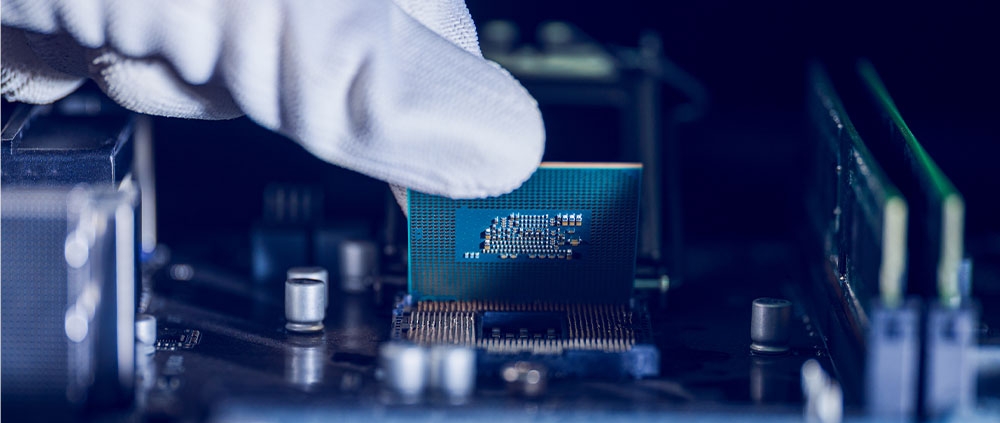Guide to reducing PCB assembly costs and improving efficiency
In the competitive world of electronics, optimizing PCB (Printed Circuit Board) assembly is crucial for cost reduction and operational efficiency. Whether you’re a seasoned engineer or new to PCB manufacturing, here’s a definitive guide to help you achieve these goals:
- Design for Manufacturability (DFM): Start with a design that is optimized for manufacturing. Simple designs with fewer layers, minimized trace lengths, and well-placed components reduce complexity and cost. Use DFM guidelines to avoid issues that could lead to higher production costs or rework.
- Choose the Right Materials: Selecting cost-effective materials without compromising quality can make a significant difference. Evaluate different PCB materials and coatings to find the best balance between performance and cost.
- Consolidate PCB Designs: If possible, consolidate multiple designs into a single PCB to reduce setup and assembly costs. This approach can also streamline the manufacturing process and improve efficiency.
- Leverage Automated Assembly: Utilize automated assembly processes, such as pick-and-place machines and automated optical inspection (AOI), to reduce labor costs and improve accuracy. Automation can also speed up production and reduce the likelihood of errors.
- Optimize Component Selection: Choose standard, readily available components to avoid high costs associated with custom or obsolete parts. Bulk purchasing and negotiating with suppliers can also help reduce component costs.
- Reduce Assembly Time: Design PCBs with efficient assembly in mind. This includes avoiding components with complex placement requirements and designing for easy soldering. Efficient assembly reduces labor costs and minimizes production time.
- Implement Lean Manufacturing: Apply lean manufacturing principles to streamline production processes and eliminate waste. Techniques such as value stream mapping and continuous improvement can enhance efficiency and reduce costs.
- Regularly Review Suppliers: Continuously evaluate your suppliers for cost-effectiveness and reliability. Regularly review their performance and consider alternative suppliers if better pricing or quality can be achieved.
- Conduct Thorough Testing: Invest in comprehensive testing to catch defects early and prevent costly rework or returns. Effective testing processes, including in-circuit testing and functional testing, ensure high-quality PCBs and reduce overall costs.
- Engage in Design Reviews: Conduct regular design reviews and simulations to identify potential issues early in the design phase. Early detection of design flaws can prevent costly changes during manufacturing.
- Focus on Workforce Training: Ensure that your workforce is well-trained in assembly techniques and quality control. Skilled workers are more efficient and less likely to make errors that could lead to increased costs.
- Improve Supply Chain Management: Optimize your supply chain to reduce lead times and inventory costs. Efficient supply chain management ensures that components and materials are available when needed, minimizing delays and associated costs.
By implementing these strategies, you can significantly reduce PCB assembly costs and enhance overall efficiency. Focus on design optimization, automation, and effective supply chain management to achieve the best results and stay competitive in the market.


